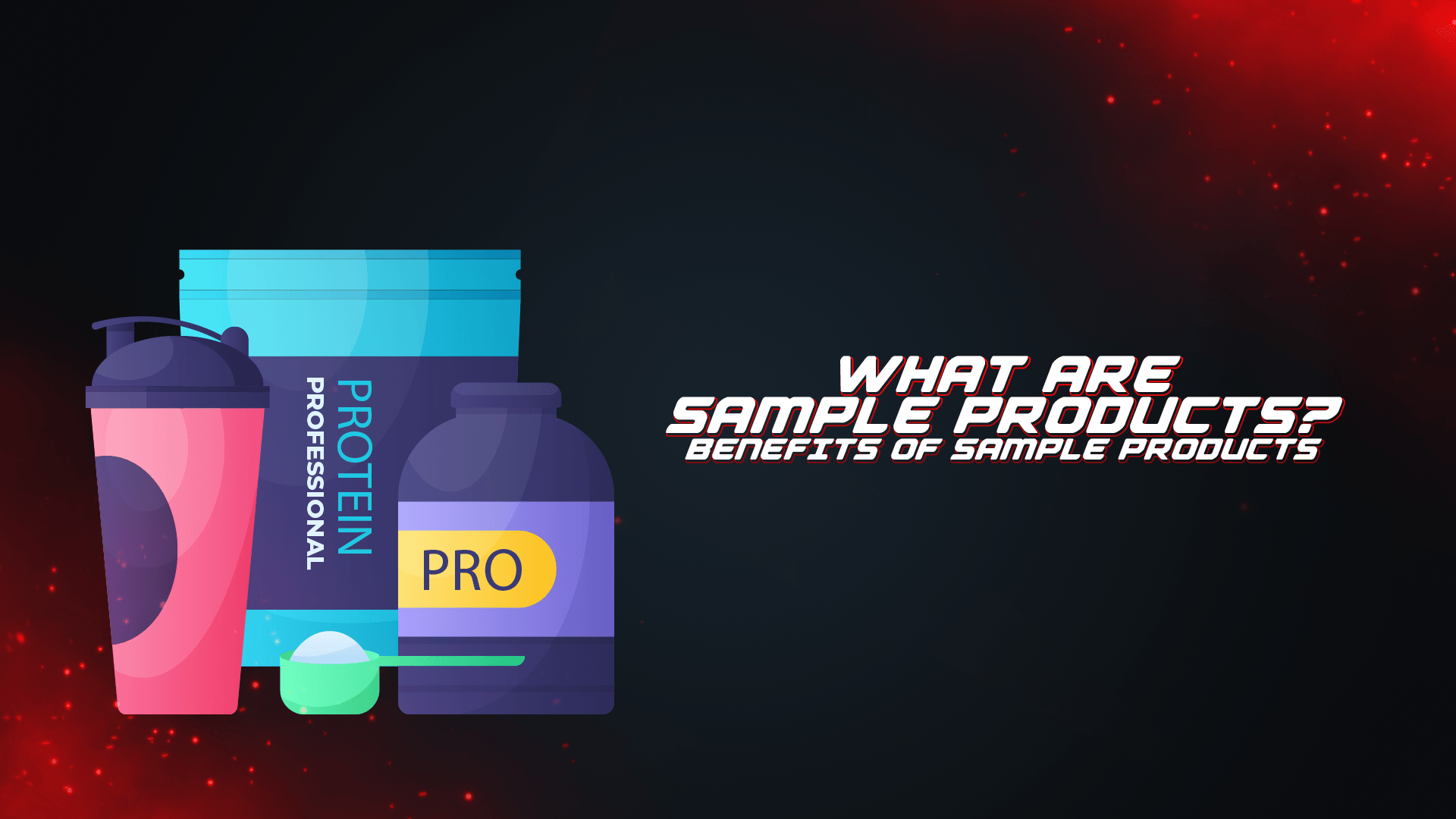What Are Sample Products?
Sample products are the condensed versions of a company’s offerings that it makes accessible to customers for free or at a reduced cost. Customers can test out the product with these samples before buying it at full price. They are widely used by businesses to advertise fresh goods, build brand recognition, and attract clients. Depending on the industry, these samples may be trial-sized cosmetics, single-use food packets, tiny electronics, or tiny beverage amounts.
Selling sample products has as its main objective to provide customers with a personalized taste of the goods. This hands-on involvement helps customers make decisions and boosts their faith in the company. Additionally, it enables businesses to hear customer opinions and suggestions, which can be beneficial for enhancing the product, altering marketing strategies, and identifying issue areas.
A variety of strategies, including in-store displays, direct mail, online marketing, events, or alliances with other brands, can be used to distribute sample products. The goal is to put the product in front of potential buyers so they may interact with it directly. Customers are more inclined to think about buying the full-sized version down the road if they enjoy the sample.
Benefits of Sample Products
1. Testing new products:-
It can be risky to release a new product onto the market. Businesses invite potential customers to test and assess the features, performance, and advantages of the product by providing free samples. This not only collects initial comments but also aids in product improvement based on actual usage.
2. Increasing Brand Exposure:
When a consumer holds a sample product, it becomes more than just a product; it becomes a brand experience. A well-designed sample has an impact that lasts, igniting discussions and word-of-mouth recommendations that increase brand exposure far beyond the initial distribution.
3. Improving Consumer Confidence:
Uncertainty frequently causes people to hesitate before buying a new product. Free samples let clients make their conclusions by removing this uncertainty. Positive sample-related experiences increase consumer confidence in the brand and its products.
4. Boosting Sales:
Unexpectedly, free product giveaways sometimes result in higher revenue. A customer is more inclined to buy a product once they have sampled it and seen for themselves how valuable it is. Customers are enticed to investigate the full-sized version by the sample, which serves as a teaser.
5. Increasing Customer Loyalty:
Free samples are a gesture of thanks from a company to its loyal clients. This kind of act strengthens client loyalty and makes them feel appreciated, which can lead to repeat business and sustained engagement.
6. Trying Premium Products for Free:
Since premium products frequently have a higher price tag, some customers may be reluctant to test them. Businesses provide clients a risk-free chance to experience luxury by giving them sample-sized servings of premium goods, which may result in conversions.
Is it Worth Giving Sample Products?
The choice to offer sample products depends on several variables. While providing samples comes at a cost, these expenditures frequently generate large returns. The time and money spent on samples are justified by the sample’s evident advantages in terms of greater brand awareness, better sales, and improved consumer confidence. A deliberate approach is essential, though. When choosing how to distribute samples, businesses must take into account their target market, the nature of the product, and the potential conversion rate.
Additionally, sample products have value that goes beyond short-term financial rewards. It helps create enduring relationships with customers and promotes a positive perception of the business. However, the execution of samples must be thoughtful if they are to be effective. High-quality samples that accurately depict all of the qualities of the product should be provided, together with appealing marketing collateral.
How to get free sample products?
For consumers, sample products & combo offer product are a good thing. But getting sample products is not easy. Not every company does this type of promotion due to the heavy cost involved. Hence, the question is how to get a free sample.
Some marketplaces offer sample products with the association of the brand. For example, Amazon runs sample product activity from time to time. You just need to keep following the Amazon website to know about it. Sometimes you get the same in shops. You buy one product and get another one free as a sample promotion.
Conclusion
In the realm of modern marketing, free sample products stand as more than just giveaways. They are strategic tools that wield influence over consumer behavior and brand perception. By allowing consumers to test new products, enhancing brand visibility, instilling consumer confidence, driving sales, fostering loyalty, and enabling encounters with premium offerings, sample products wield a multi-faceted impact. Sample distribution may pose doubts about viability, but the significant advantages they provide make a strong argument. The secret lies in a well-thought-out plan that connects with the target market and integrates sample distribution with corporate objectives. The wise usage of sample products can surely prove to be a great asset as firms negotiate the challenging path of consumer interaction
